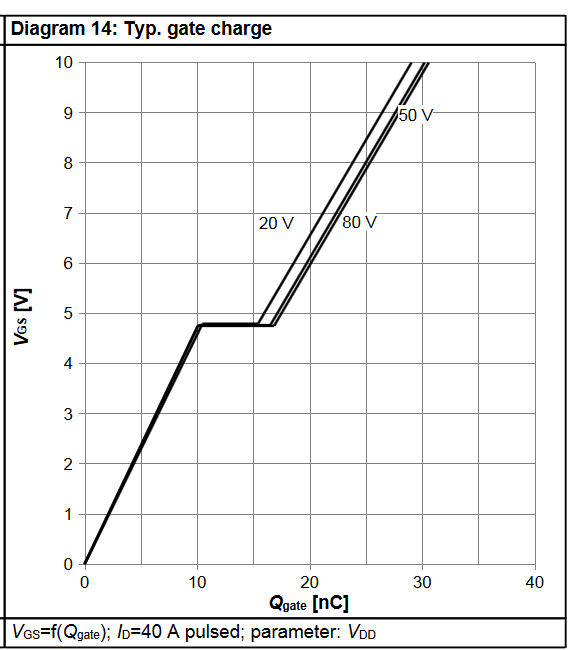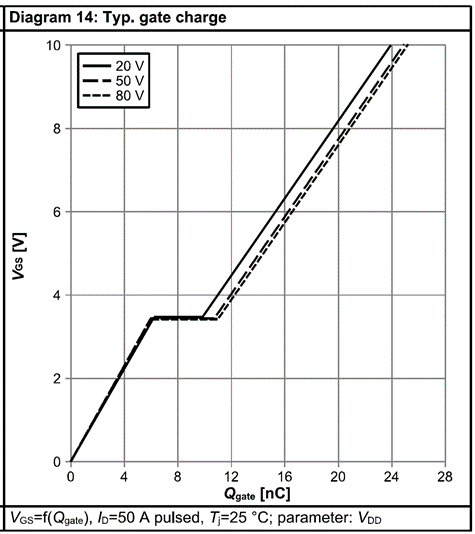Other Parts Discussed in Thread: LM5143, LM5137, LM5190
Tool/software:
Using two LM5143A-Q1 devices that form a 4-phase synchronous buck converter with an input voltage of 50V and an output voltage of 15V, we have several questions:
- When VCCX is connected to a capacitor to ground, we observed that the temperature of the LM5143A-Q1 continues to rise under no-load conditions. However, when VCCX is supplied with an external 5V, the temperature of the LM5143A-Q1 stabilizes at around 40 °C under no-load conditions. Why is there such a significant loss?
- Currently, the EN pin is directly connected to VIN, which means the LM5143A-Q1 turns on as soon as power is applied. VCCX is supplied with an external 5 Since we are unsure about the power-up sequence between VIN and VCCX, we applied power in arbitrary order during testing. We often observed that VOUT does not reach 15 V, and the SS pin remains at 0 V, indicating that the LM5143A-Q1 does not start up and may have entered a protection state. Our questions are:
- Q1: What is the required power-up sequence between VIN and VCCX?
- Q2: When startup protection is triggered and VOUT does not output, how can we restore normal operation? Or does this indicate that the LM5143A-Q1 has been damaged?




